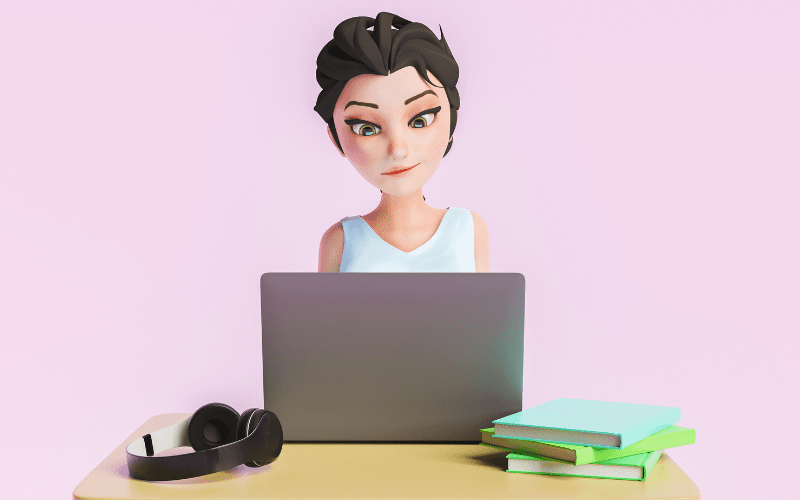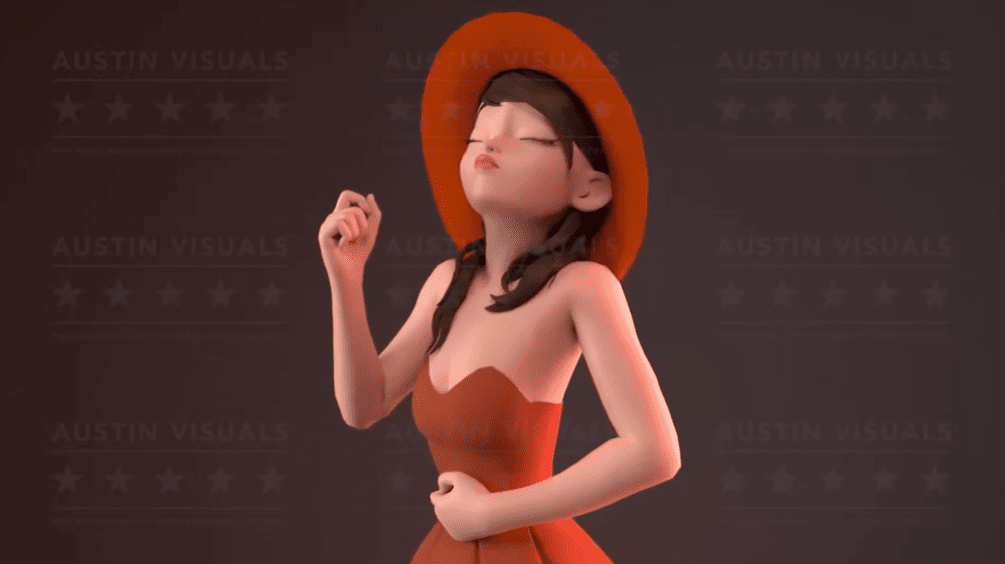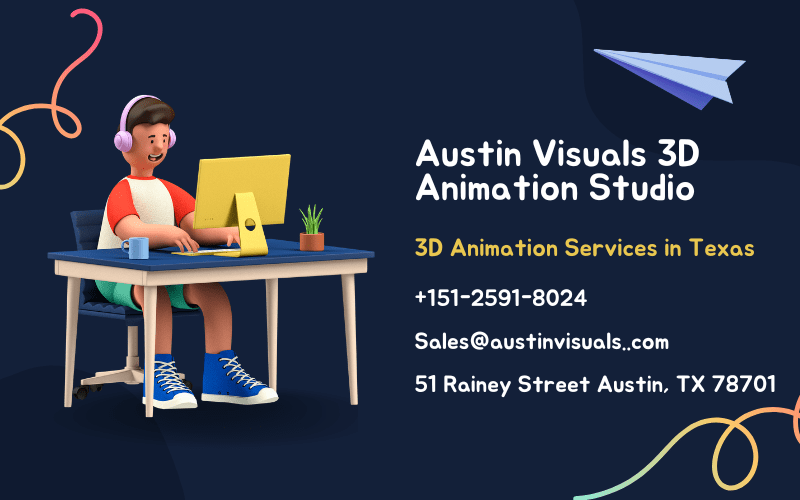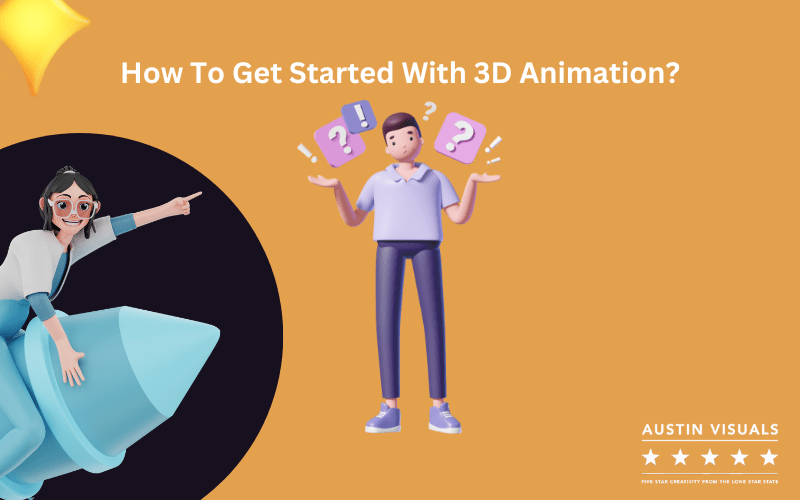
Introduction
Explanation of 3D animation
3D animation is the process of creating three-dimensional moving images using digital tools and techniques. It involves creating a virtual environment with 3D models, textures, and lighting to make the animation appear more realistic and immersive.
Importance of 3D animation
3D animation has become an essential tool in various industries, including film, gaming, architecture, education, healthcare, and marketing. It allows creators to tell stories, convey information, and engage with audiences in new and exciting ways.
Brief overview of the page content
This page will provide a comprehensive guide for beginners on how to get started with 3D animation. We will cover the essential tools and software, common mistakes to avoid, best practices for creating realistic animations, and tips for incorporating storytelling into your work. We will also explore the various applications of 3D animation and discuss the future of this exciting technology.
Understanding 3D Animation
What is 3D Animation?
3D animation is the process of creating three-dimensional moving images in a digital environment. It involves the use of computer graphics software to design and manipulate 3D models that are then animated to create a lifelike appearance.
How 3D Animation Works
The process of creating 3D animation involves several steps, including modeling, texturing, rigging, animation, and rendering. 3D models are created using specialized software and can be manipulated to create movement, simulate physics, and add texture and lighting effects.
Different Types of 3D Animation
There are several different types of 3D animation, including character animation, motion graphics, architectural visualization, scientific visualization, and product visualization. Each type of animation has its own unique characteristics and techniques.
Key Concepts in 3D Animation
To create successful 3D animations, it is important to understand key concepts such as timing and spacing, weight and balance, and acting and performance. These concepts are essential in creating realistic and engaging animations that capture the viewer’s attention.
Getting Started with 3D Animation
Choosing the Right Software
Choosing the right software is crucial for starting with 3D animation. There are various software tools available in the market such as Autodesk Maya, Blender, Cinema 4D, and many others. It is important to select software that suits your needs, skill level, and budget.
Creating Your First 3D Model
Creating a 3D model is the first step in 3D animation. You can start with simple objects such as cubes or spheres and then gradually move on to more complex models. There are various tools available within the software to help you create 3D models.
Understanding the Basics of Animation
Once you have your 3D model, it’s time to add animation. Animation is the process of creating motion in a 3D model. You will need to learn the basic principles of animation such as timing, spacing, and keyframes. It is important to start with simple animations such as bouncing balls and then gradually move on to more complex animations such as character movements.
Creating Realistic Character Animations
Importance of Realism in Character Animation
Creating realistic character animations is important because it helps to convey a sense of emotion and realism to the audience. When characters move and behave in ways that are consistent with real life, it helps the audience to engage with the story and characters more deeply. Realistic character animation can also help to create a more immersive experience for the viewer.
Tips for Creating Realistic Character Animations
To create realistic character animations, it is important to pay attention to the details. Start by observing how people move and behave in real life. Notice the way they walk, run, and gesture, and pay attention to how their body moves in response to different actions and emotions. Use this knowledge to inform the movements and behaviors of your animated characters. It is also important to focus on the small details, such as facial expressions and body language, to make the characters feel more lifelike.
Tools and Techniques for Creating Realistic Animations
Motion capture technology can be used to capture the movements of real actors and translate them into animation. Rigging is also an important technique for creating realistic animations, as it allows the animator to control the movement of the character’s body and facial expressions. Finally, using software that allows for the creation of natural-looking hair and clothing can help to further enhance the realism of the character animation.
Best Practices for Lighting and Shading in 3D Animation
The Importance of Lighting and Shading in 3D Animation
Lighting and shading are essential elements in creating visually appealing and realistic 3D animations. They help to create a sense of depth and enhance the overall visual experience for the audience. Proper use of lighting and shading can also help to convey emotions, highlight important elements, and create a specific mood for the scene.
Key Concepts in Lighting and Shading
Some of the key concepts in lighting and shading include ambient light, directional light, point light, shadow mapping, reflection mapping, and texture mapping. Ambient light provides a basic level of lighting for the scene, while directional light can simulate sunlight or moonlight. Point light can be used to simulate light sources like lamps or torches. Shadow mapping helps to create shadows in the scene, while reflection mapping can create reflections on shiny surfaces. Texture mapping can be used to create a realistic appearance of surfaces like skin, wood, or metal.
Best Practices for Lighting and Shading
Some best practices for lighting and shading in 3D animation include using multiple light sources to create more realistic lighting, considering the color and intensity of the light sources, and using shadows to create depth and contrast. It’s also important to consider the overall mood and atmosphere of the scene when choosing the lighting and shading. Additionally, using materials with appropriate textures and reflecting properties can help to enhance the realism of the scene.
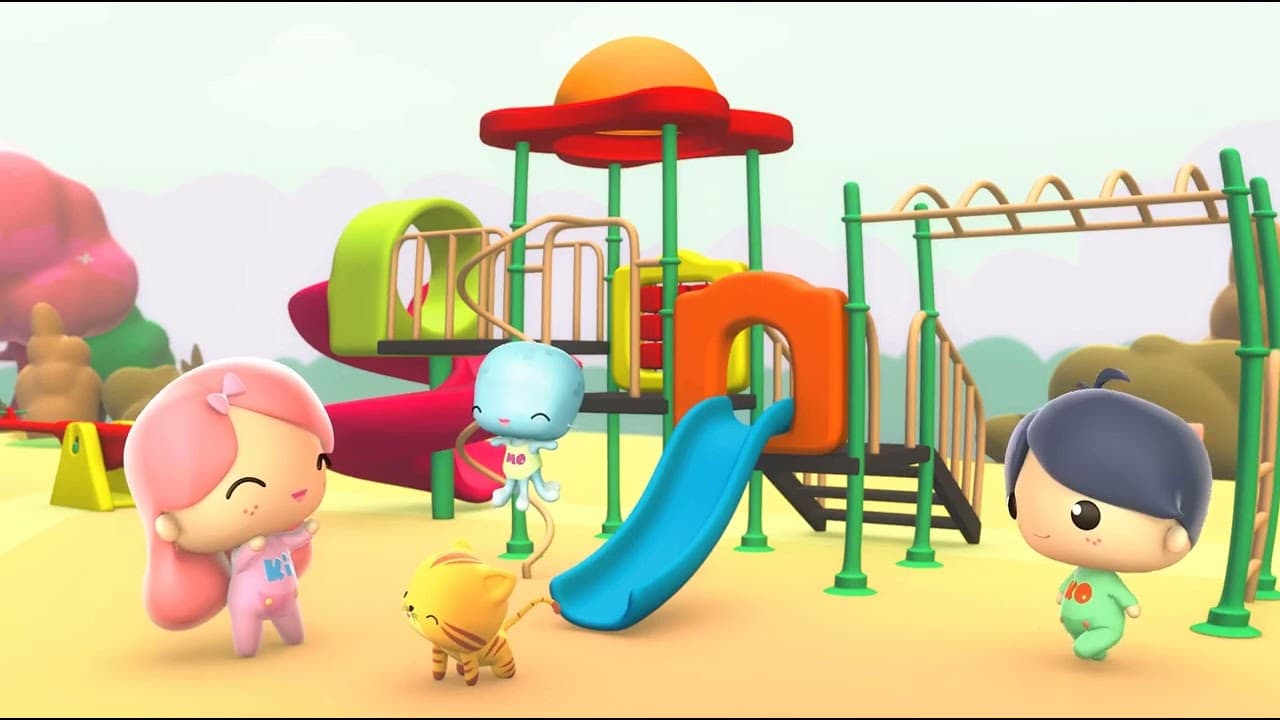
How to get started with 3D animation
Common Mistakes to Avoid in 3D Animation
Overcomplicating Animations
One common mistake in 3D animation is overcomplicating animations. While it’s important to create dynamic and engaging animations, it’s also important to make sure that the animations are clear and concise. Overcomplicated animations can be distracting and confusing, and they may not effectively convey the intended message. Animators should strive for simplicity and clarity in their animations, focusing on the key elements that they want to convey.
Poor Planning
Another mistake that animators often make is poor planning. Animation requires a lot of time and effort, and it can be easy to get bogged down in the details without having a clear plan for the overall project. Before starting any animation project, it’s important to have a clear understanding of the story that the animation is meant to tell and the key elements that will be included. This can help to ensure that the animation is cohesive and effective.
Failing to Test and Iterate
Testing and iteration are critical components of the animation process, but they are often overlooked. Animators should be willing to test their animations frequently and make adjustments as needed. This can help to ensure that the animation is effective and that it conveys the intended message. Failing to test and iterate can lead to animations that are not effective or that fail to achieve the desired results.
Ignoring the Importance of Sound Design
Finally, another common mistake in 3D animation is ignoring the importance of sound design. Sound can be just as important as the visuals in conveying a message or telling a story. Animators should make sure that they are using sound effectively in their animations, whether it’s through music, sound effects, or voiceover. Ignoring the importance of sound design can result in animations that feel incomplete or that fail to engage the viewer on an emotional level.
The Role of Storytelling in 3D Animation
The Importance of Storytelling in Animation
Storytelling is a critical element in 3D animation, as it adds depth and emotional connection to the visuals. It helps in creating an immersive experience that captivates the audience and keeps them engaged. Storytelling enables animators to convey a message, evoke emotions and convey a narrative in a way that is relatable to the audience.
Tips for Creating Compelling Stories in 3D Animation
To create a compelling story in 3D animation, animators should first identify the main message they want to convey and then create a script that highlights the key points. They should focus on developing well-rounded characters, establishing a clear plot, and creating a visually stunning world that draws the audience into the story.
Other tips include creating a strong conflict or problem that the characters must overcome, providing a clear resolution, and utilizing sound design to complement the visuals.
Case Studies of Effective Storytelling in 3D Animation
Pixar films, such as Toy Story, Finding Nemo, and The Incredibles, have captured the hearts of audiences worldwide due to their compelling stories, relatable characters, and immersive worlds.
Another example is the short film “Piper” by Pixar, which tells the story of a young sandpiper learning to overcome her fear of the ocean. The story is simple yet emotionally engaging, and the visuals are stunning, which makes it a perfect example of effective storytelling in 3D animation.
Exploring the Intersection of 3D Animation and Virtual Reality
Introduction to Virtual Reality
Virtual Reality (VR) is an immersive technology that simulates a virtual environment to create a realistic experience for the user. With VR, users can interact with a 3D environment, which can be experienced using a VR headset.
Applications of 3D Animation in Virtual Reality
3D animation plays a crucial role in creating realistic and immersive virtual reality experiences. It allows the creation of lifelike characters, environments, and objects that can be manipulated and interacted with in a virtual space. Some of the applications of 3D animation in VR include gaming, education, training, and simulations.
Tips for Creating 3D Animations for Virtual Reality
To create effective 3D animations for VR, it’s important to consider the following tips:
- Focus on creating a realistic and immersive environment that engages the user.
- Optimize your 3D models and textures for performance to ensure smooth playback and movement within the VR environment.
- Use lighting and shading techniques to create a realistic sense of depth and perspective in the VR environment.
- Incorporate interactive elements to create a sense of interactivity and engagement for the user.
- Test your 3D animations on different VR platforms to ensure compatibility and optimal performance.
By following these tips, you can create immersive and engaging 3D animations that take full advantage of the possibilities of virtual reality technology.
Conclusion
3D animation is a fascinating field with many applications in various industries. It’s essential to understand the basics of 3D animation, including key concepts, types, and tools, to create realistic animations. Additionally, lighting, shading, storytelling, and sound design are critical factors to consider when creating compelling animations. It’s also essential to avoid common mistakes like overcomplicating animations, poor planning, failing to test and iterate, and ignoring sound design.
To get started with 3D animation, it’s crucial to choose the right software, set up your workspace, and understand the basics of animation. Furthermore, exploring the intersection of 3D animation and virtual reality can open up new opportunities and applications for your skills.
In conclusion, the possibilities for 3D animation are endless, and there’s always more to learn and explore in this field. By following the tips and best practices outlined in this article and staying up-to-date with the latest industry developments, you can continue to improve your skills and produce high-quality 3D animations.
Austin Visuals’ 3D Animation Services
Austin Visuals is a professional 3D animation company that offers a range of services, including character animation, product visualization, architectural visualization, medical animation, and more. We work with clients across various industries, from small businesses to Fortune 500 companies, to bring their ideas to life through stunning and engaging 3D animations. To learn more about our services and how we can help bring your project to life, you can visit our website at austinvisuals.com or contact us directly at 512-591-8024.
Our Services
- 3D Architectural Rendering
- 3D Animation Service for Video Games
- Commercial Video Production
- TV Advertising for Television and Web
- Branded marketing video production
- 3D Animation Techniques
- Medical 3D animation
- Explainer video production
- Virtual Reality VR / AR / 360
- Mobile application development
- Motion graphics
- Live video
- Also, Visual Effects (VFX)
- 2D Characters Cartoon Animation
Want to know how we can help? Have questions? Have a project to discuss? Message us using the contact form below, email us at [email protected]. Also, call us at (512) 591-8024 to meet with a member of our team today.
Have A Project You Want To Discuss? Drop us a line!

